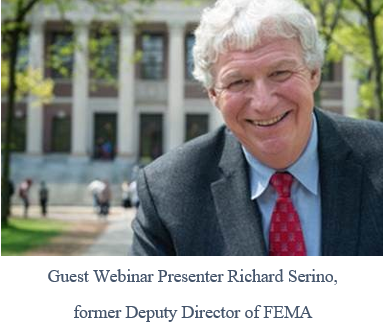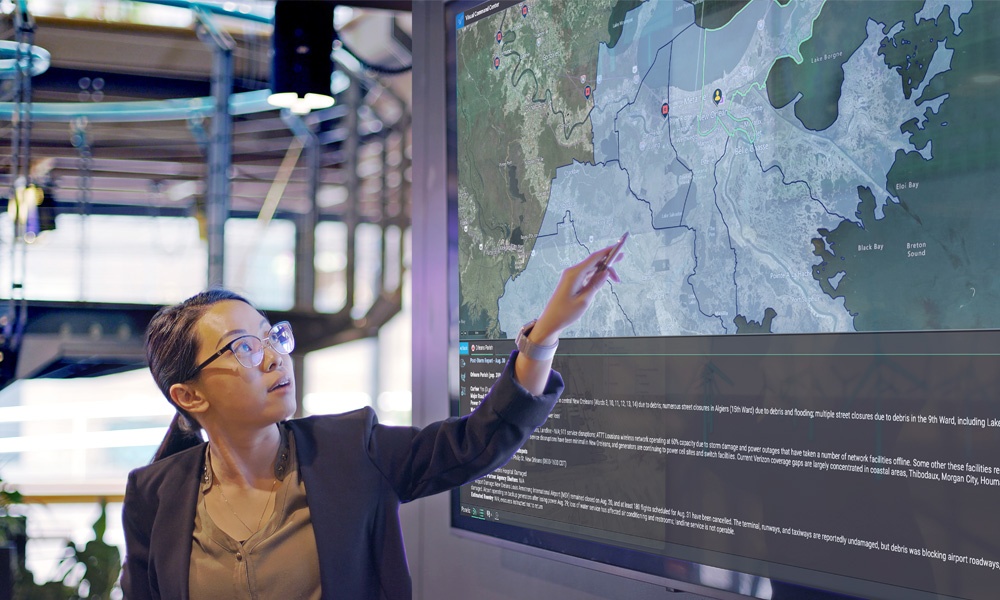Blog
3 Questions with guest presenter Richard Serino

On October 12th at 1PM EST, Richard Serino, former Deputy Administrator of the Federal Emergency Management Agency and current Distinguished Visiting Fellow at Harvard TH Chan School of Public Health joins Everbridge to present his Coordinating Emergency Response: Lessons From the 2017 Hurricane Season webinar. We sat with Mr. Serino to ask him a few questions to preview the webinar: (Everbridge) – The 2017 Hurricane season set several records for severity of storms. What surprised you about this unprecedented hurricane season? (Richard Serino) – One of the most surprising things was the constant number of major hurricanes that kept coming. Each one of the storms was unique in its own way and each was a complex event to respond to. I’ve also been impressed with the coordination not only between federal, state, and local assistance, but with a lot of neighbors helping neighbors. For example, people using their own boats to rescue people in Houston after Hurricane Harvey. Deputizing and empowering the populace can be a valuable strategy when resources are spread thin. (Everbridge) – After large impact storms, what public health risks should the community be aware of? (Richard Serino) – In the immediate impact, expect significant health care needs from individuals with chronic diseases, including mental health, and anticipate increased demand for acute care resources in regional emergency departments and hospitals. Many evacuees may have left their medications behind and traveling to open pharmacies and dialysis centers may not be possible. Accounting for these medication needs is a must. In the longer term, a rise in depression, post-traumatic stress disorder, alcohol and substance abuse, and domestic violence can be anticipated. Individuals with existing mental health and substance abuse problems are particularly at risk. Be sure your response plan includes early intervention for at-risk individuals. (Everbridge) – The rescue stage of disaster response gets a lot of headlines, but what are the priorities once responders move beyond life safety? (Richard Serino) – For example after Harvey in TX, once the rescue stage is over the focus will shift to life sustaining efforts such as providing shelter, food, and water for those affected. Once the life safety & life sustaining issues are addressed the focus will shift to debris removal, housing, and get money moving to the survivors, state & municipalities. Texas is taking an innovative approach to housing. Response to storms of this magnitude is measured in years, not weeks or months. We hope you can join us for more great insights from Mr. Serino at our upcoming webinar Coordinating Emergency Response: Lessons From the 2017 Hurricane Season.


